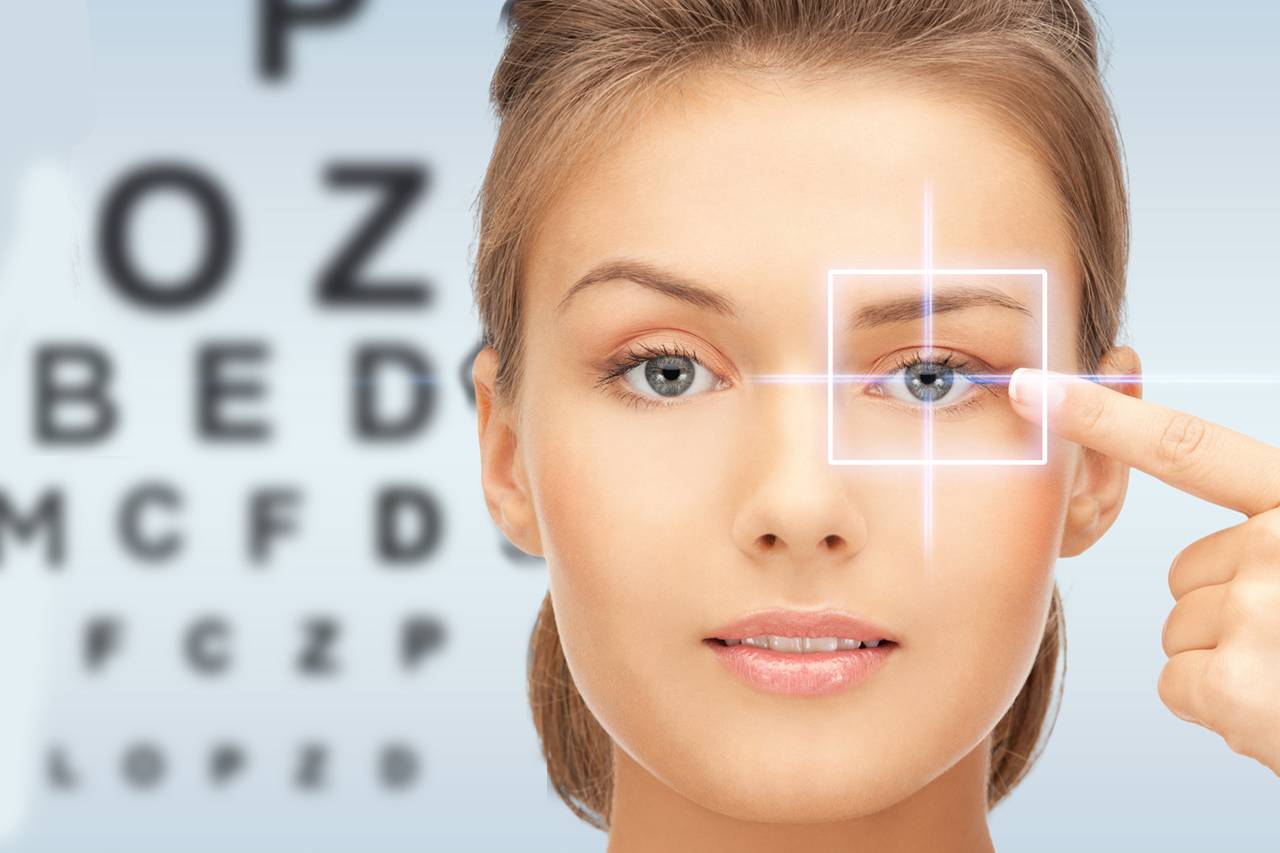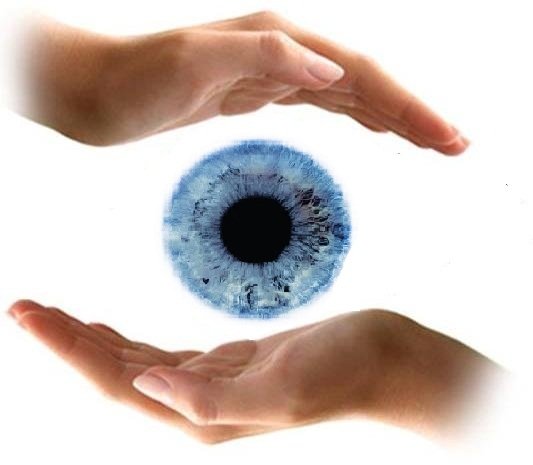All Categories
Featured
In today's electronic world, screens are an integral component of day-to-day live. Whether it's for job, home entertainment, or staying connected, lots of people invest hours every day staring at computers, mobile phones, and tablets. While these tools are practical, they can take a toll on your eyes, leading to a problem called digital eye stress (also called computer system vision disorder) Signs and symptoms like dry eyes, headaches, obscured vision, and neck pain are all too typical. Fortunately is that there are straightforward steps you can require to protect your vision from digital eye pressure.

Comprehend the 20-20-20 Regulation. One of the most convenient ways to decrease digital eye stress is by complying with the 20-20-20 regulation. This aids your eyes relax and decreases the stress triggered by concentrating on a display for extended durations.
Readjust Your Screen Setups. The brightness, comparison, and font style size of your display can substantially influence your comfort level. Make certain your screen illumination matches the lights in your setting; a screen that's too bright or too dark can cause your eyes to function more difficult. Increasing typeface size can also reduce the stress of reading small text.

One more important adjustment is using "night setting" or blue light filters, which decrease the amount of blue light produced by your tools. Blue light can disrupt your rest cycle and contribute to digital eye pressure, so utilizing these attributes-- specifically in the evening-- can make a big distinction.
Maintain Correct Distance and Position. How you position yourself while utilizing electronic gadgets matters. Your display needs to have to do with an arm's length away from your eyes and placed to ensure that the top of the screen goes to or just below eye degree. This reduces the pressure on both your eyes and neck.
In addition, preserving excellent posture is important. Sit in a chair that gives appropriate back support, and maintain your feet flat on the flooring. Making use of a paper owner or represent published materials can also help reduce awkward head and neck activities.
Blink Commonly and Remain Hydrated. Looking at displays tends to minimize your blinking rate, which can result in dry eyes. Make a mindful effort to blink extra frequently to keep your eyes moisturized. If you still experience dry skin, think about utilizing synthetic splits or a humidifier to enhance the wetness level in your setting.
Take Breaks and Limit Display Time. Whenever possible, take breaks from displays throughout the day. Tip outside, review a publication, or take part in a task that does not require digital gadgets. Limiting non-essential screen time can assist your eyes recoup and decrease the collective impacts of strain.
Schedule Normal Eye Examinations. Despite these safety measures, normal eye tests are crucial. An eye care expert can assess your vision, provide customized advice, and discover any kind of underlying problems early. If required, they can recommend glasses designed specifically for computer system usage, typically called blue light-blocking glasses or computer glasses.
Shield Your Eyes for the Lengthy Term. Digital devices are below to stay, yet digital eye strain doesn't have to belong of your life. By complying with these techniques-- like the 20-20-20 regulation, adjusting your screen setups, and practicing great pose-- you can considerably decrease strain on your eyes. Integrate these routines right into your everyday routine to ensure your vision stays healthy and balanced in the electronic age.
Latest Posts
Why Sherman Dodge is the Top Choice for Mobility Rentals
Find Quality Used Cars at Basil Resale
Floor Tile Flooring Experts - Flooring Orland Park Setup & Sales